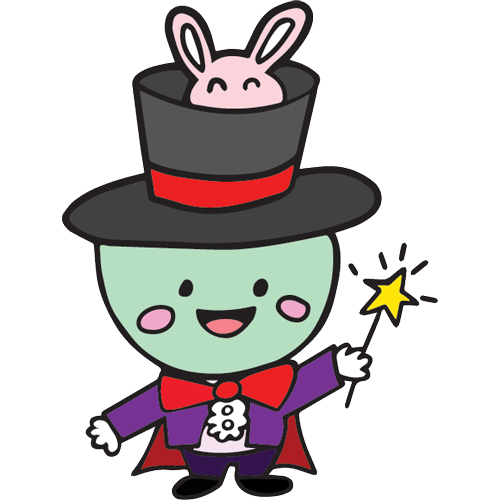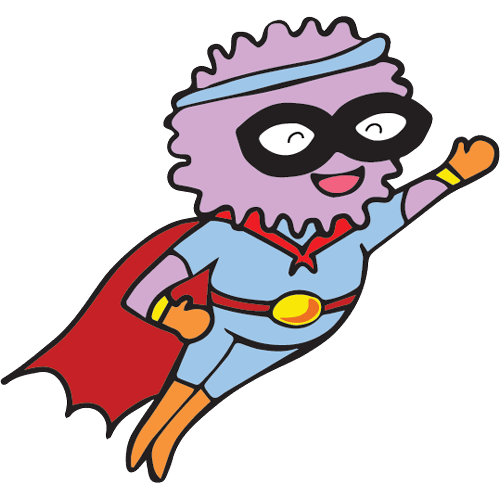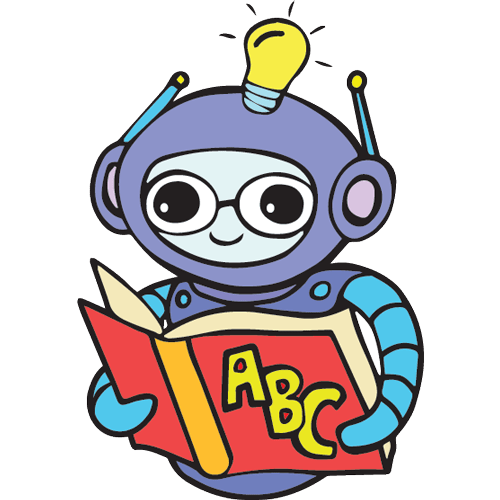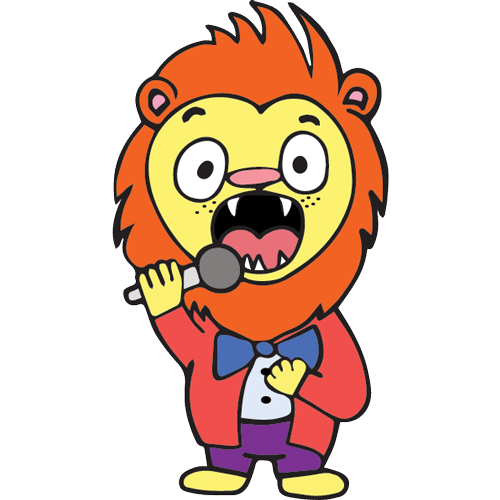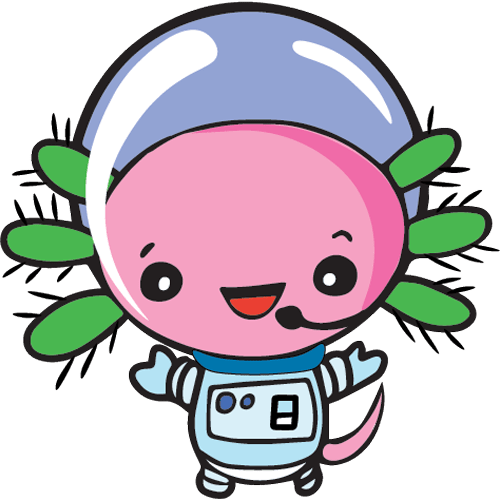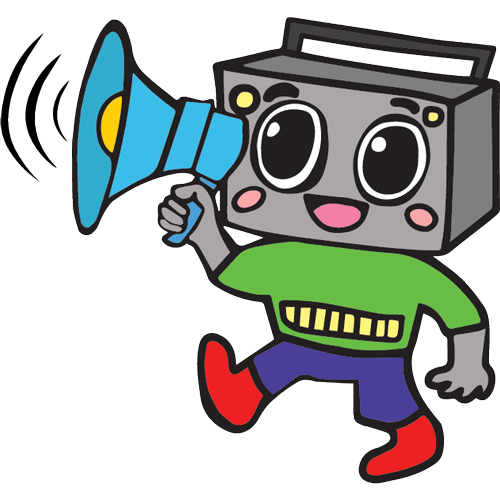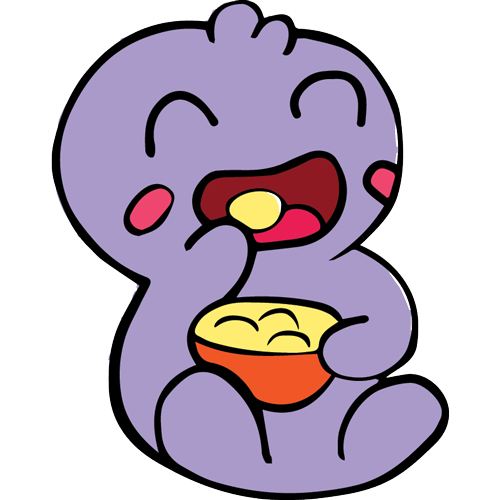Lisps: Supporting Your Child’s Journey to Clear Speech

As young children grow and acquire more practice talking, their ability to efficiently and accurately produce the sounds of their language is refined and perfected. It’s common for toddlers and early school-aged children to make some speech sound substitutions as their motor-speech systems mature. Most children acquire adult-like articulation patterns and complete speech clarity by kindergarten.
In some instances, children may experience difficulty producing certain sounds. They may compensate by substituting a certain sound with another or by producing the sound in an alternate way. These alternative productions may negatively impact the clarity of their speech and how easily others can understand them.
A common example of this is lisps. In this blog we will explore different types of lisps, why they occur, how they may impact daily functioning, and review how articulation therapy can help.
Characteristics of Lisps
A lisp refers to challenges positioning the tongue correctly for specific sounds. While it typically impacts the sounds “S” and “Z,” other sibilant sounds like “SH, CH, J” can also be affected.
Lisps can reduce speech clarity leading to communication breakdowns. As these sounds appear frequently in the English language, children with a lisp may struggle to articulate many words. When a word comprises multiple sounds that pose difficulty, it becomes even more challenging for a child to easily and effectively communicate their ideas.
Types of lisps include:
- Interdental Lisp: This occurs when sounds like /s/ and /z/ are produced with the tongue protruding between the upper and lower front teeth. This is a typical speech production pattern of young toddlers until ages 3 to 4 at which time adult-production patterns emerge. If your child continues to protrude their tongue when producing /s/, /z/, /sh,/ or /ch/, we recommend consulting a licensed speech-language pathologist.
- Dentalized Lisp: In this case, /s/ and /z/ sounds are pronounced with the tongue against the front teeth.
- Lateral Lisp: Occurs when air escapes over the sides of the tongue. Speech may sound “slushy” and imprecise. This production pattern is not considered developmental. We recommend seeking the support of a licensed speech-language pathologist to correct patterns.
- Palatal Lisp: Production of /s/ and /z/ is made with the tongue against the hard palate
Children may Form Lisps for a Variety of Reasons
In some children, an interdental lisp can be connected to a tongue-thrust swallow pattern. This swallow pattern, which is typical in infancy but diminishes as a child grows, can persist in some children. When the tongue habitually pushes forward during swallowing, it may affect the positioning of the tongue at rest. This will impact oral motor coordination during speech articulation.
If the tongue continues to thrust forward during swallowing and remains positioned between the front teeth, it may carry over into speech patterns, leading to the development of an interdental lisp. Addressing and correcting the tongue thrust swallow pattern through articulation therapy and oral motor exercises with a licensed pediatric speech therapist can be crucial in resolving or preventing an interdental lisp.
For other children, the presence of a lisp may simply result from the persistence of tongue positioning patterns developed in toddlerhood that have carried over past the typical age of elimination.
Lisps, regardless of type, can negatively impact speech intelligibility. Difficulty in articulating certain sounds may lead to misunderstandings, making it challenging for listeners to grasp a child’s intended message. Children with lisps may face increased frustration and social challenges as a result of communication barriers. This can extend to confidence especially in tasks involving verbal expression, reading aloud, and oral presentations. Ongoing experiences like this may lead to self-esteem and confidence issues.
Speech Therapy Exercises and Treatments:
When children face persistent difficulties accurately producing certain sounds that are expected to be mastered at their age, it’s referred to as an articulation delay or disorder.
Many children require support mastering the articulation of certain speech sounds and articulation therapy is a quick and effective way to help your child achieve this.
If your child continues to present with a persistent lisp at 4 years of age, we recommend consulting a licensed pediatric speech therapist. The speech therapist can conduct an evaluation that will examine your child’s oral motor movements and speech sound production patterns to determine the precise nature of their difficulties. The faster a child receives support through targeted speech therapy exercises, the faster they can establish appropriate speech patterns and start making gains.
At Open Lines®, our dedicated and experienced pediatric speech therapists initiate every treatment with a one-to-one evaluation to better understand your child’s strengths, needs, and goals. Based on the evaluation findings, we create an individualized plan that includes customized multisensory speech therapy exercises designed to assist your child in adjusting their sound production to eliminate the lisp. Articulation therapy may include auditory awareness training and biofeedback tools to increase sensory awareness of tongue placement and manner of production. Therapy may also include fun and motivating games that aim to increase repetition and intensity of practice to help your child establish optimal speech patterns and habits as quickly as possible. These exercises enhance speech accuracy, clarity, and, naturalness, and most importantly, boost confidence during communication.
If you have questions about your child’s speech, language, or communication development, we are here to help! Contact us via phone (212-430-6800), email [email protected], or by filling out our convenient contact form. Open Lines’ team of caring and solution-focused speech-language pathologists are here to help your child unlock their potential.
Get in Touch With Open Lines®





